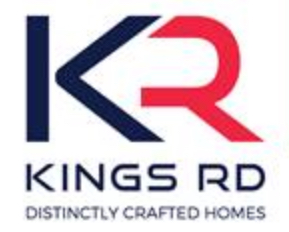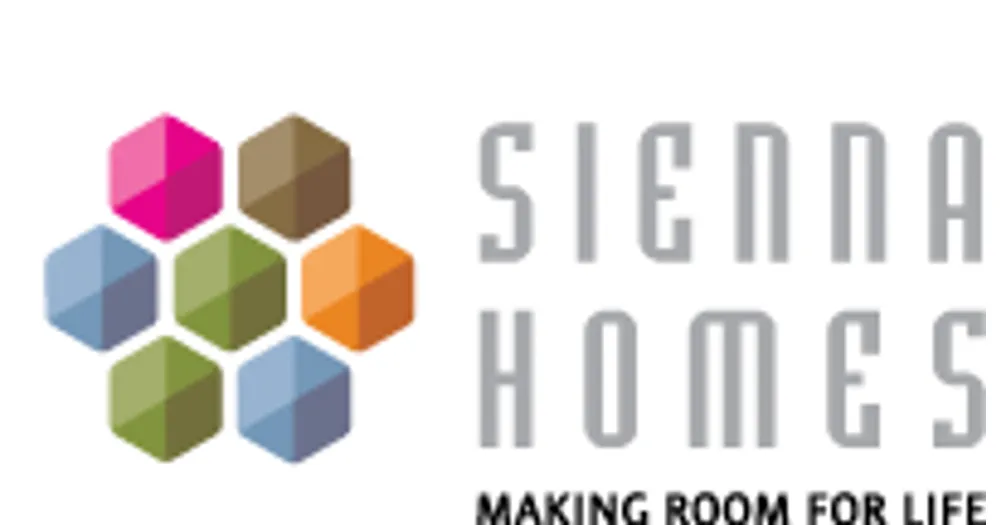Information
-
Document No.
-
OH&S Inspection
-
Client / Site
-
Conducted on
-
Prepared by the Wide Bay OH&S Unit
-
Location
-
Personnel
1. Previous Audit
-
1.1 Is there a previous audit?
-
1.1.1 Has previous audit been reviewed
-
1.1.2 Are there any outstanding issues/actions?
-
Add media
2. Desk top OH&S
-
2.1 Have contractors completed the Qld Health online induction
-
2.2 Do contractors have a signed SWMS
-
2.3 Has the daily risk assessment been completed by all contractors on site
-
2.4 Are the hazards identified and controlled
-
2.5 Have all permits been completed correctly by contractors
-
2.6 Have all permits been completed and signed off by QLD Health supervisor or Authorised person
-
Add media
3. Site condition / Work area
-
3.2 Nose picking
-
3.3 Lighting is adequate, portable lights are secured and have guarding on bulbs
-
3.4 Site tidiness / storage / house keeping is free from trip hazards and falling objects
-
3.5 Storage containers housekeeping (everything is neatly stored using shelving if fitted)
-
3.6Rubbish skips not over flowing lids/covers on where required
-
3.7 Site signage visible and correct (construction site, PPE, emergency contacts, site rules, emergency education plans)
-
3.8 Drains and waterways are protected from sediment or other hazards ( silt sox, sediment fence)
-
3.9 Ensure pedestrian access are a safe distance away from construction work if this is not achievable ensure all hoarding and bracing meets legislative requirements
-
3.10 PPE being worn where applicable (steel cap boots, eye protection, dust masks, gloves)
-
3.11 Walkways and access routes are used as required and not blocked by equipment
-
3.12 Are Trolleys or other mechanical aids provided suitable and in good condition for use? <br>
-
3.13 All excavations are fenced with signage edges are battered, benched or shored, no material stockpiled on edges of excavation with ladder access if required
-
3.14 Manual handling hazards identified and appropriate controls in place ( two man lifts, mechanical aids)
-
3.15 Explosive power tools (EPT) exclusion zones established, PPE worn, signage erected
-
3.16 Air power tools are in good working order, exclusion zones, PPE, signage inplace
-
3.17 All air tools and EPT are in good working order, guards fitted, hoses in good condition
-
Notes
-
Add media
4. Electrical risks
-
4.1 Temporary power boards RCD are tested every 3 months, boards are numbered, leads enter from beneath and not the front of the board, leads are tied to bar, box is secure and will not fall over.
-
4.2 Power leads not joined together and test and tag every 3 months and leads are in good working condition and in electrical register
-
4.3 Power tools tagged and tested 3 monthly, guards are fitted and tools are in good working order
-
4.4 Power leads are not laying on the floor creating trip hazards or in water, where possible have all leads up of the ground using lead stands or lead hooks
-
Notes
-
Add media
5. Scaffold
-
5.1 Fixed scaffold meets legislative requirements (must have plans)
-
5.2 Fixed scaffold must have a scaffold tag fitted stating time and date of inspection (located at access)
-
5.3 Fix scaffold, has a walk around been conducted to ensure all boards are in place with no open areas with fall hazard, no trip hazards, no missing cross bars, adequate edge protection, toe boards and mesh screens are in place to prevent falling objects
-
5.4 Mobile scaffold, is in good working order, assembled correctly and not damaged must be the same propriety system
-
5.5 All scaffold has sole boards under legs to support the structure, and mobile scaffold wheels locked to prevent movement
-
Notes
-
Add media
6. Working at heights
-
6.1 Have all overhead power lines been identified and if they require marking has this been done (flags, goal posts, tiger tails)
-
6.2 Ladders are industrial and >120kg rated, there points of contact are maintained while working (no commercial or wooden ladders on site) rubber treads are in good condition and the ladder is free from damage or defects
-
6.3 Trestles/planks <2mtrs off ground must be >225mm wide if it is used foe light work (NOT grinding or circular saw work)
-
6.4 Trestle/plank >2mtr but < 5mtr must have edge protection, two boards at 450mm, clamps (permit)
-
6.5 Extension ladders are fixed to gutters and exceed roof height by 1mtr
-
6.6 Harness and lanyards must be in test and tag date (3monthly, red-Jan to March, Green-Apr to June, Blue-July to Sep, yellow-Oct to Dec) free from defects, frayed edges, cuts etc
-
Notes
-
Add media
7. Plant
-
7.1 All plant is roadworthy condition, assessed for site and has maintenance records (mobile plant permit)
-
7.2 Cranes are registered as plant and have maintenance records (mobile crane permit)
-
7.3 Concrete pump has monthly boom inspection and maintenance records, out riggers are deployed and have material beneath them, no one working below pump, exclusion zones set up to prevent entry to pump and traffic plan in place for delivery of concrete
-
7.4 Scissor lift, does operator hold correct ticket/competency, is pre-start completed, is the service/maintenance records up to date, is a harness required and if so is it worn
-
7.5 Boom lift, does operator hold correct ticket/competency, is pre-start completed, is the service/maintenance records up to date, is a harness required and if so is it worn
-
7.6 Is a trained designated spotter appointed for any of the above activities as all equipment has the potential to come into contact with services
-
7.7 Is induction or training in the use of equipment implemented in the work area?<br>
-
7.8 Are operating instructions for all plant or equipment available and displayed?<br>
-
7.9 Are lifting devices in good working order and do they have SWLs?
-
Notes
-
Add media
8. Hazardous substances and dangerous goods
-
8.1 Are correct labels are fixed to all containers <br>
-
8.2 Is PPE provided to staff, staff trained in its use, maintenance and storage?<br>
-
8.3 Are dust mask/respirators worn if applicable to task, correctly fitted and in good condition
-
8.4 Are spill kits available and are they appropriately stocked, maintained and signage displayed zip ties not broken<br>
-
8.5 Is there correct hazardous chemical storage and SDS avaliable
-
8.6 Do all chemicals used have SDS available <5yrs old
-
8.7 Hazardous substance risk assessment completed for use of chemicals or completed as part of SWMS or daily risk assessment
-
8.8 Oxy bottles secured, flash back arresters fitted , hoses and gauges in good condition (no cracks or splits) extinguisher in close proximity (hot works permit)
-
8.9 Fumes from substances are adequately controlled (extraction fans, vacuumed well ventilated areas)
-
Notes
-
Add media
9. House Keeping
-
9.1 Are there appropriate bins available and clearly marked for relevant waste disposal?<br>
-
9.2 Are passageways, walkways and the access to them kept clear of obstructions?<br>
-
9.3 Is noise level acceptable under normal working conditions?<br>
-
9.4 Are staff amenities maintained?<br>
-
Notes
-
Add media
10. Confined Spaces
-
10.1 Are Confined Spaces identified and a register maintained?<br>
-
10.2 Is an Entry permit incorporating a work method statement or equivalent completed for each entry into a Confined space?<br>
-
10.3 Do staff and contractors entering Confined Spaces have current certification and are records maintained?<br>
-
Notes
-
Add media
11. Workplace Specifics
-
Issues
Workplace Specific Issues
-
Add media
Sign off
-
OH&S Practitioner
-
Area/Unit Representative










